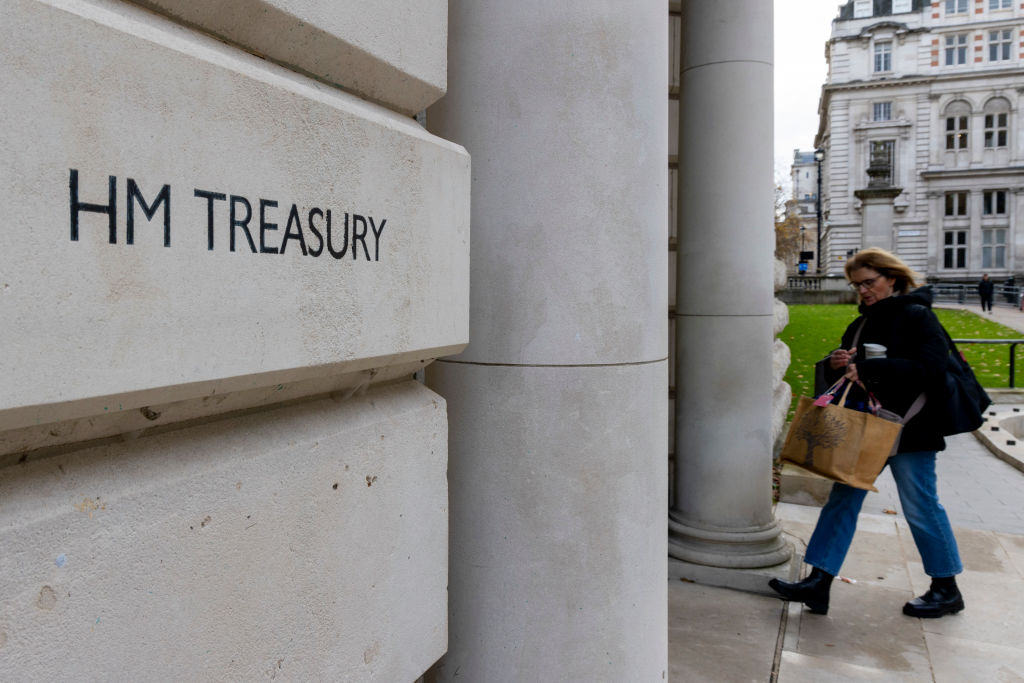Treasury Committee launches review of Lifetime ISA – is it fit for purpose?
Nine years after it was created, is the Lifetime ISA fit for purpose? The Treasury Committee is gathering views from consumers and the financial services industry


Lifetime ISAs launched nine years ago, offering a 25% government bonus on savings.
The idea was to help first-time buyers get on the property ladder and to boost pension savings among under-40s. But little has changed with the Lifetime ISA (LISA) since it launched, despite house prices and living costs going up.
Today, the government said it is launching a review of the Lifetime ISA to understand if the product is still fit for purpose.
MoneyWeek
Subscribe to MoneyWeek today and get your first six magazine issues absolutely FREE

Sign up to Money Morning
Don't miss the latest investment and personal finances news, market analysis, plus money-saving tips with our free twice-daily newsletter
Don't miss the latest investment and personal finances news, market analysis, plus money-saving tips with our free twice-daily newsletter
In total, more than 1.5 million people are currently saving with a LISA, according to HMRC data. Almost 230,000 people have already used the savings vehicle to help them buy a property.
Despite the broad take-up, news of the review will be welcomed by savers and financial experts alike. Although the LISA offers some attractive perks, it also comes with a hefty penalty for those who do not adhere to the terms and conditions.
Kalpana Fitzpatrick, digital editor of MoneyWeek, said: “Lifetime ISAs are great in theory, but they do have several issues with strict rules. For example, there is a cap on the cost of your property at £450,000. If your property costs more, you face a penalty fee.
“You also get penalised if you withdraw the cash for anything other than a property or your pension. At 25%, this penalty means some people end up with less than they put in, as the fee is for the total amount you have in there.
“Some savers have also been caught out by not knowing that you need to have had the LISA for at least 12 months before you can use it, and may have missed out when buying a house as a result.”
The 25% withdrawal penalty is one of the areas the Treasury Committee is gathering views on. It also wants to understand whether the house price cap should be raised in line with inflation or removed.
Other areas of focus include whether the LISA is a suitable pension savings product, and whether it offers the government good value for money.
How does a Lifetime ISA work?
The LISA was first announced by former chancellor George Osborne in his 2016 Budget, before being launched in 2017. It is a tax-efficient savings and investment vehicle for people under the age of 40.
Savers can put up to £4,000 of their overall ISA allowance in a LISA each tax year. The government will pay a 25% bonus on whatever you save. This means the government will contribute £1,000 a year, if you maximise your £4,000 allowance.
Savers can put their LISA contributions in either a cash or a stocks and shares account. Cash LISAs are more common, particularly for those who are planning to use the funds in the near term to buy their first home. As with any other ISA, income and capital gains are tax-free.
As introduced previously, there are some strict rules around withdrawing the money. If you break the rules (for example, withdrawing the funds to buy a house worth more than £450,000), you will be slapped with a 25% charge. This withdrawal penalty can end up costing more than the total amount the government paid in.
For example, if you contributed £4,000 one year and paid it into a 4% cash account (alongside the £1,000 government bonus), your savings would have grown to £5,200 by the end of the year. If you then withdrew the funds and were slapped with the 25% penalty, you would have to give up £1,300.
Get the latest financial news, insights and expert analysis from our award-winning MoneyWeek team, to help you understand what really matters when it comes to your finances.
Katie has a background in investment writing and is interested in everything to do with personal finance, politics, and investing. She previously worked at MoneyWeek and Invesco.
-
 Metals and AI power emerging markets
Metals and AI power emerging marketsThis year’s big emerging market winners have tended to offer exposure to one of 2025’s two winning trends – AI-focused tech and the global metals rally
-
 8 of the best houses for sale with beautiful fireplaces
8 of the best houses for sale with beautiful fireplacesThe best houses for sale with beautiful fireplaces – from a 15th-century cottage in Kent to a 17th-century palazzo in Oxfordshire
